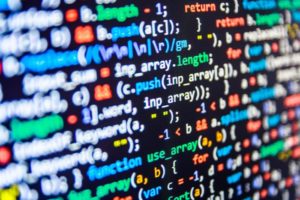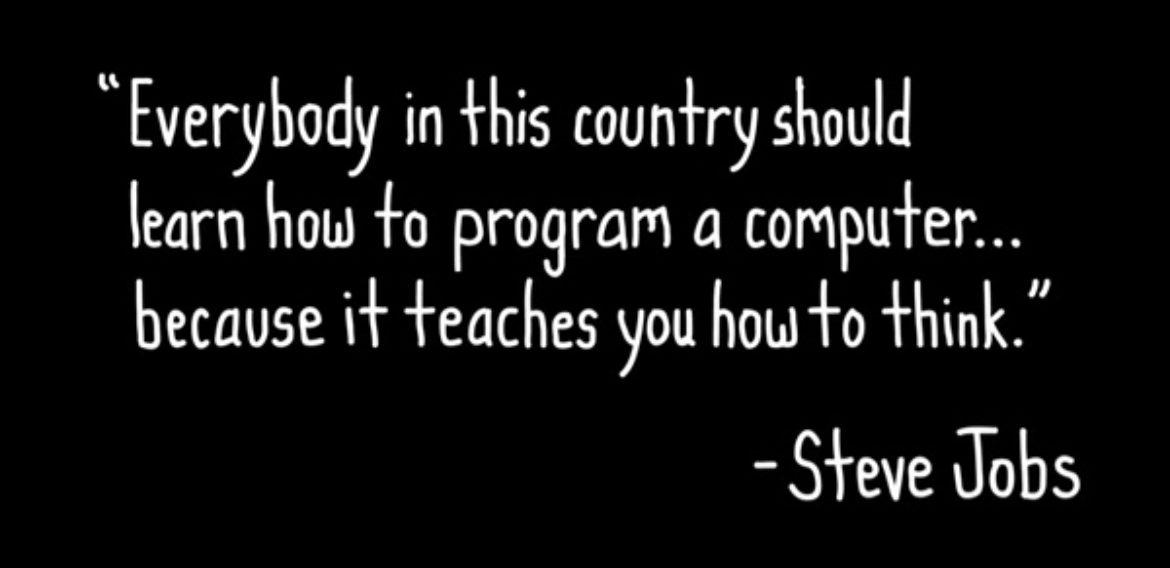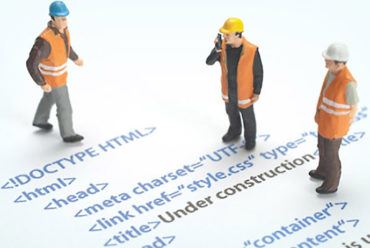WHY EVERYONE SHOULD LEARN TO CODE
Today is not just the 256th day of the year – it is also International Programmer’s Day. It’s a time for us to celebrate the architects behind our increasingly digital world. In case you’re wondering- the number 256 symbolizes the number of distinct values that can be represented with an eight-bit byte. Today, we take for granted how simple it is to stay in touch with our loved ones, shop online, or even read this article on our mobile devices. We rarely pause to consider that all these conveniences and benefits of technology are actually only possible through the code written by programmers.
 Why you should try learning to code
Why you should try learning to code
1. Digital capabilities and economic growth go together: According to a recent study by Accenture, more than a fifth (22%) of global GDP today can be attributed to some form of digital skills, capital, goods or services. Digital tech could power $2 trillion of the global economic output by 2020.
This clearly demonstrates its role in igniting overall economic growth. For this reason, there are plans to formally introduce computing and computer science education into national curricula in several Asian countries. These countries include the likes of Japan, Korea, Singapore, Malaysia,Vietnam and even in Sri Lanka.
2. Coding is a skill that is increasingly being demanded by the labor market: Technological advancements like artificial intelligence have ignited much debate. These debates are partially due to their potential of replacing humans at their jobs. According to World Economic Forum research, over five million jobs will be lost by 2020 as a result of technological change.
Less reported, however, is that technology can generate jobs and ignite overall economic growth by creating a spillover effect in other industries. For example, in New Zealand, each new job in the high-tech industry creates five additional jobs around it. The jobs of the future will come with new demands- coding along with STEM education are part of the reskilling and upskilling required to stay relevant.
3. Coding also drives innovation and entrepreneurship: Though it feels like there’s an app for everything these days, the world is always waiting for the next big thing. This is probably why the app economy is expected todouble in size to $101 billion by 2020.
If you have a great idea, knowing how to code will help a great deal in getting your product to market. Who knows, your brainchild may redefine traditional industries, like what Uber and Airbnb have done to transportation and tourism. The only way to know for sure is to try.
Furthermore, based on the latest data from Bloomberg, the world’s top five companies by stock market cap are Apple, Alphabet, Microsoft, Amazon and Facebook. This is a reflection of how the growth baton has been passed to technology from traditional industries such as oil and gas, banks and automotive.
4. Coding is the new second language: Just like how picking up a new language opens doors to foreign cultures, learning to code can unlock possibilities to create new things. For instance, at least four states in the US are looking to count coding to fulfil a foreign language requirement in high school. This reflects the thinking that in today’s competitive job market, computer skills are just as critical as speaking another language.
There are thousands of programming languages, some more popular than others. Some of the better-known programming languages are written in the Latin alphabet. However, there are others where you code in the national languages of Asian countries, such as Indonesian (BAIK), Korean (Changjo), Japanese (Dolittle), Mandarin (PerlYuYan), and even Hindi has are over 20 Asian programming languages!
5. Coding complements and reinforces other important fundamental skills, such as problem-solving and teamwork: Coding benefits more than those who want to pursue it professionally. In the learning process, you can build some important fundamentals, such as how to simplify complex systems. It is an extension of critical and creative thinking, contributes to problem-solving capabilities, develops logic. This accelerates the power and potential of individuals to innovate and tap into the digital economy of the future.
If you want to learn more about this, you can now also watch Code Trip, a documentary created by Microsoft in partnership with Roadtrip Nation. It follows three computer science students as they meet with coders, researchers, and robotics engineers. On their journey, they find inspiration and guidance from people who have defied stereotypes to build meaningful careers in tech. As the road trippers discover the wide range of careers in computer science—and the diverse people working in them—they realize that they don’t have to fit a mould to make it in tech; anyone has the potential to be a driver of innovation and discovery.
So if you are totally inspired to start learning how to code, here are 5 (free) resources to kick-start your journey:
1. Touch Develop is an interactive development environment and a visual programming language. It’s used to develop application programs for mobile devices, including smartphones and tablet computers.
2. Kodu Game Lab allows users to create games on the PC and Xbox via a simple visual programming language. Kodu can be used to teach creativity, problem-solving, storytelling, as well as programming. Anyone can use Kodu to make a game – young children as well as adults with no design or programming skills.
3. CS Unplugged is a collection of free learning activities that teach Computer Science through engaging games and puzzles. These games and puzzles use cards, string, crayons and lots of running around. CS Unplugged is suitable for people of all ages, from primary school to seniors, and from many countries and backgrounds. Unplugged has been used around the world for over twenty years, in classrooms, science centers, homes, and even for holiday events in a park!
4. Small Basic is a project that is focused on making programming accessible and easy for beginners. With a friendly development environment that is very easy to master, it eases both kids and adults into the world of programming.
5. Minecraft Hour of Code Tutorial introduces players to basic coding within the fun and popular “Minecraft” environment. Use “blocks” of code to take your character on an adventure through this Minecraft world.
Of course, this list is merely scratching the surface. With the internet, the world’s greatest library is at your fingertips. There are countless many more sources you can refer to if you want to learn to code. There are countless many more sources you can refer to if you want to build your dream app. So what are you waiting for? Today is International Programmer’s Day after all. What better day time to start learning to code than right now?




No Comments